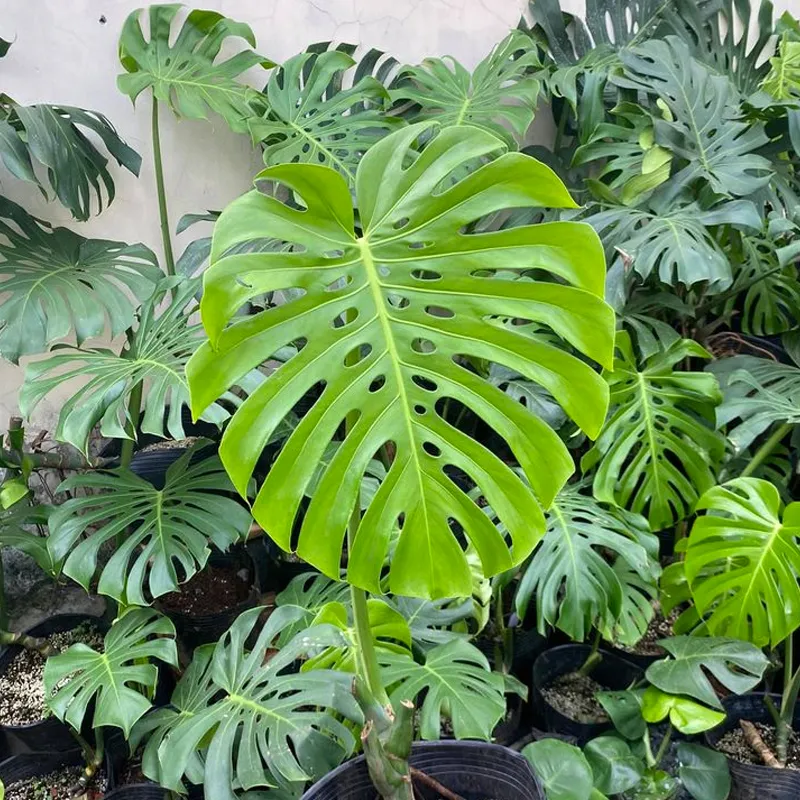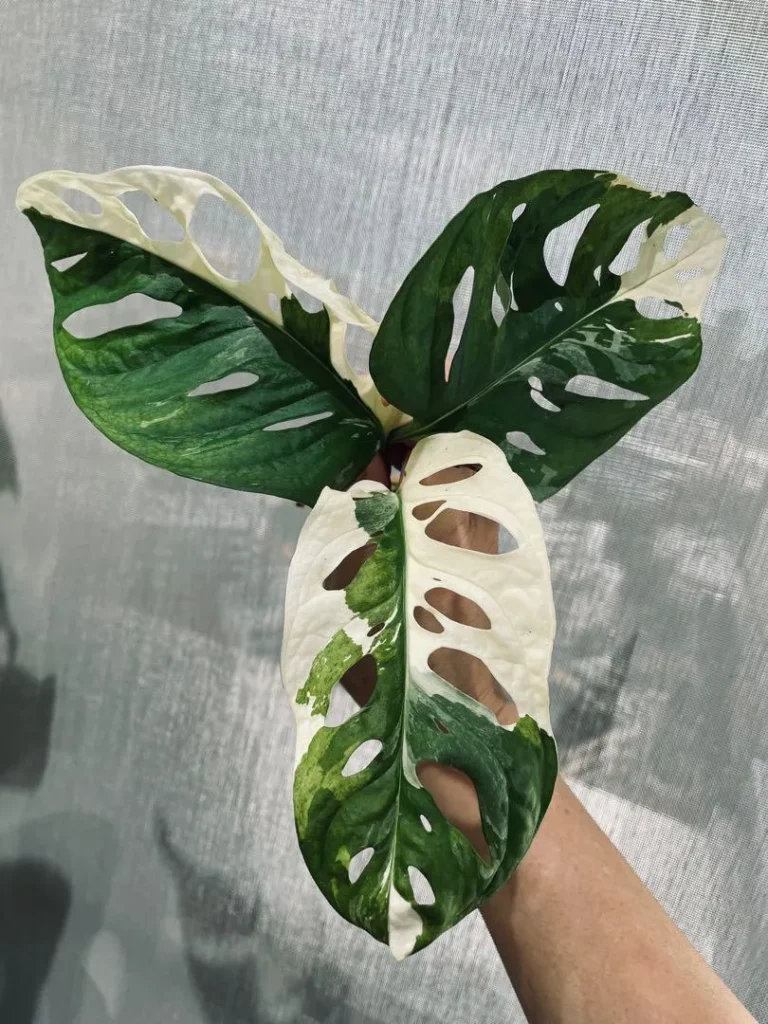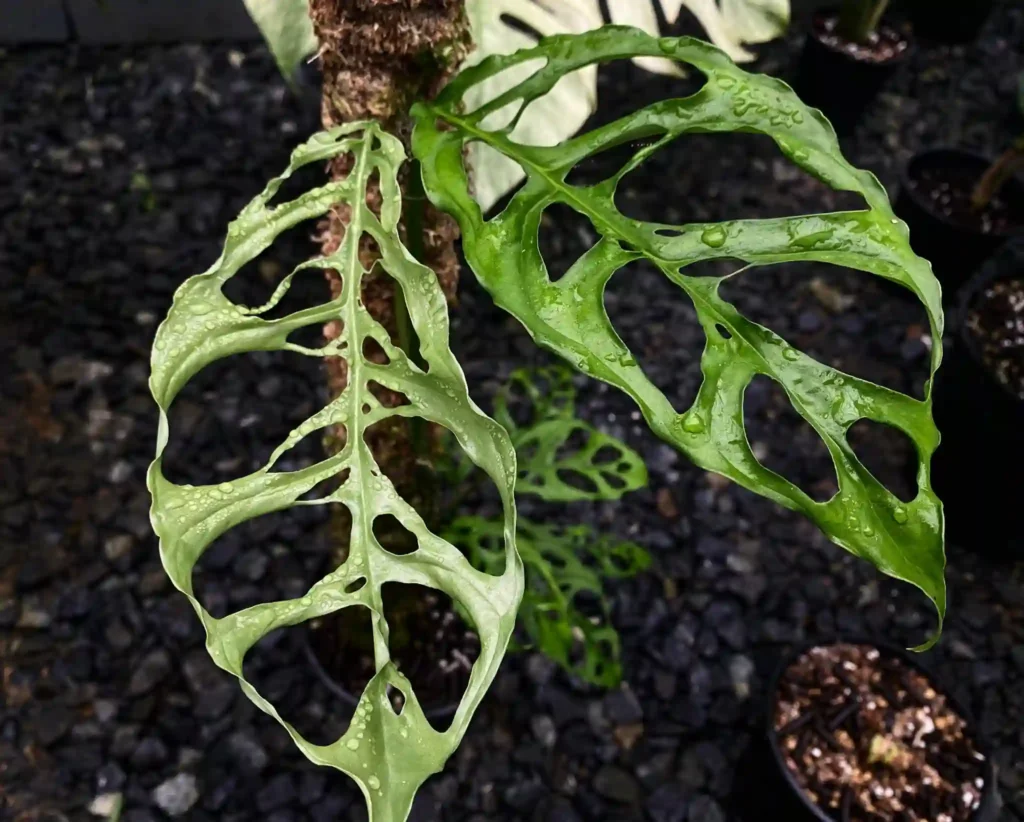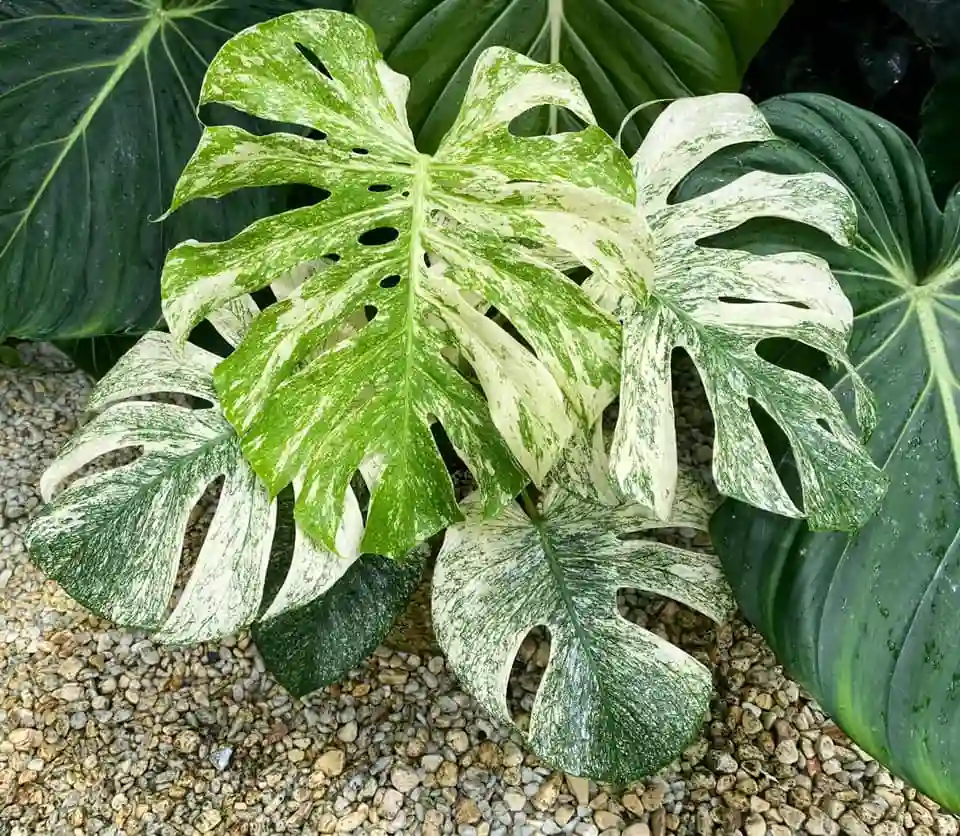The Majestic Platycerium Superbum: A Staghorn Fern for the Discerning Plant Parent
As a dedicated plant enthusiast, I’m always on the lookout for unique and visually striking additions to my indoor jungle. That’s how I stumbled upon the Platycerium superbum, also known as the staghorn fern. This epiphytic fern, native to the rainforests of eastern Australia, captured my imagination with its architectural form and prehistoric charm. But beyond its aesthetics, the Platycerium superbum proved to be a surprisingly resilient and rewarding plant to grow indoors.
For those unfamiliar with epiphytes, they’re plants that grow on other plants or structures for support, not deriving nutrients directly from the soil. This unique characteristic makes them ideal for creating vertical gardens or adding a touch of the tropics to a wall.
How to Care for Platycerium Superbum?
The good news is that Platycerium superbum is a relatively low-maintenance plant. Here’s what you need to know to keep your staghorn fern thriving:
- Light: These ferns prefer bright, indirect light. Avoid harsh midday sun, which can scorch the fronds. A north-facing window or a spot with filtered sunlight is ideal.
- Watering: Unlike soil-based plants, staghorn ferns don’t need constant watering. Aim to soak the fern thoroughly, including its root ball (or the material it’s mounted on), once a week during the growing season (spring and summer). Allow it to dry completely between waterings. In winter, you can reduce watering frequency.
- Humidity: As rainforest natives, Platycerium superbum thrives in high humidity. If your home environment is dry, consider using a humidifier or misting the fern regularly, especially during winter.
- Fertilizer: A diluted dose of liquid fertilizer applied monthly during the growing season can give your staghorn fern a boost.
How to Mount Platycerium Superbum?
Since staghorn ferns are epiphytes, they don’t grow in traditional pots. Instead, they need to be mounted on a suitable material. Here are some popular options:
- Cork bark: This is a classic choice that provides good drainage and a natural aesthetic.
- Driftwood: Adds a rustic touch and is another excellent option for good air circulation.
- Coconut husk: A sustainable option that offers a rough surface for the fern’s roots to attach to.
Mounting your Platycerium superbum is a straightforward process:
- Soak your chosen mounting material in water for a few hours.
- Position the fern on the mount, ensuring the rhizome (the fleshy rootstock) is in contact with the material.
- Secure the fern using a fishing line, wire, or even sphagnum moss. Be careful not to damage the roots.
- Once the fern is firmly attached, hang it in a suitable location.
How to Propagate Platycerium Superbum?
Propagating Platycerium superbum is best done through spore division. However, this method requires patience and sterile techniques. A simpler option for most home growers is through pup division. Here’s how:
- Identify mature pups (small fronds growing at the base of the main plant).
- Wait until the pup has developed its own root system.
- Using a sharp, sterilized knife, carefully remove the pup from the mother plant.
- Mount the pup on its own chosen material following the same steps mentioned earlier.
Patience is Key
While the Platycerium superbum is a relatively fast-growing fern compared to other staghorn varieties, it’s important to remember that these plants aren’t known for their rapid growth. Be patient and enjoy the unique form and prehistoric charm of this architectural wonder as it unfolds its majesty in your home.




